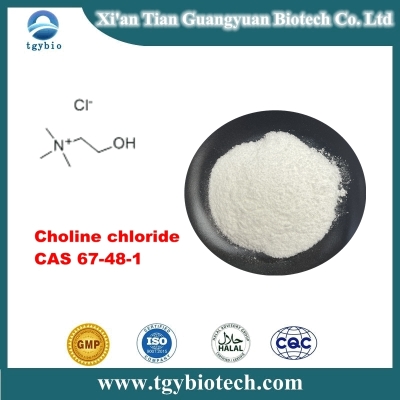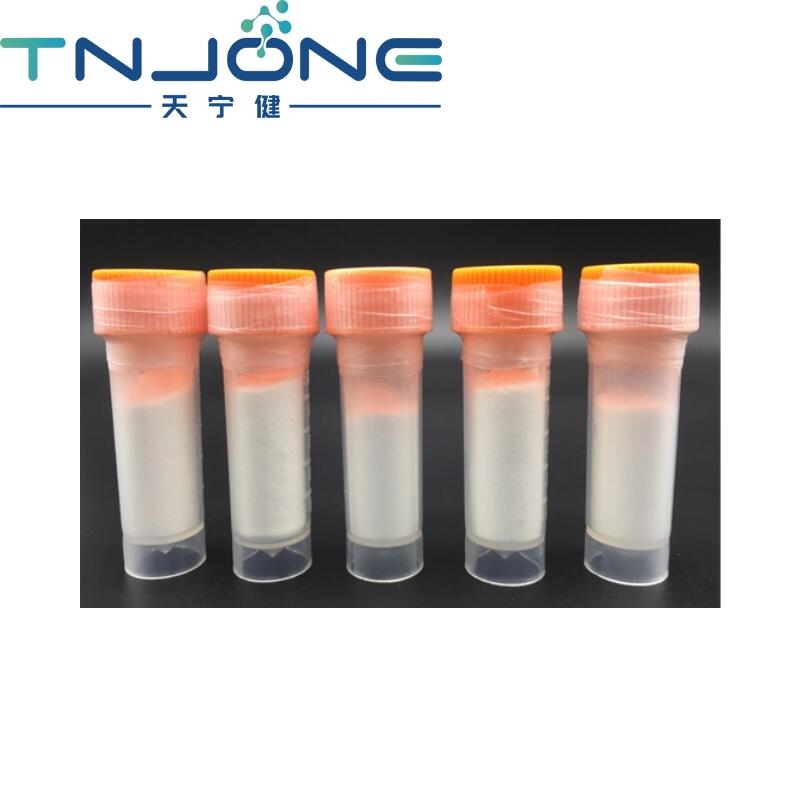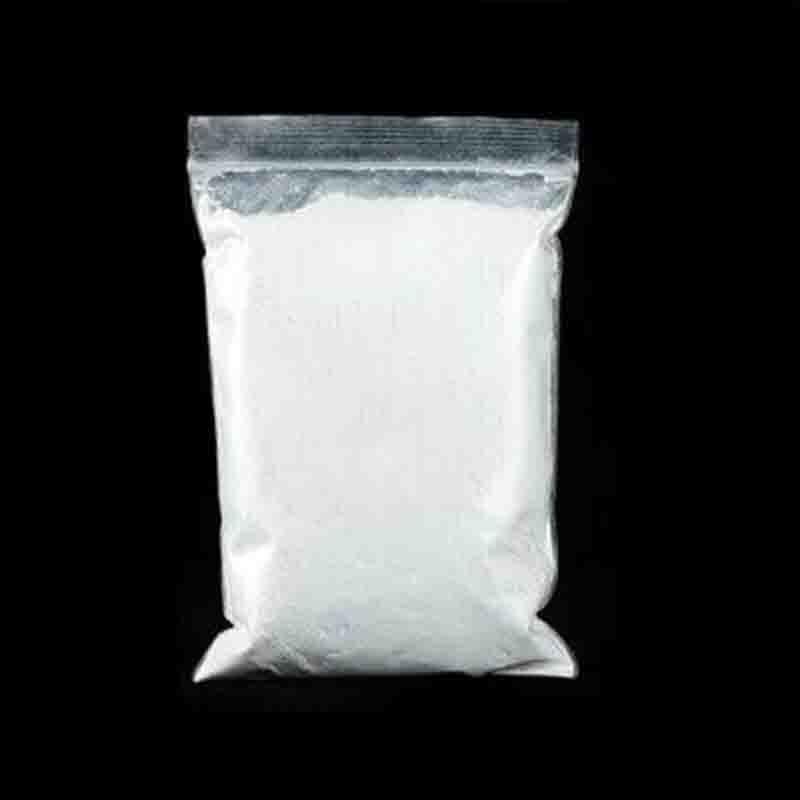-
Categories
-
Pharmaceutical Intermediates
-
Active Pharmaceutical Ingredients
-
Food Additives
- Industrial Coatings
- Agrochemicals
- Dyes and Pigments
- Surfactant
- Flavors and Fragrances
- Chemical Reagents
- Catalyst and Auxiliary
- Natural Products
- Inorganic Chemistry
-
Organic Chemistry
-
Biochemical Engineering
- Analytical Chemistry
-
Cosmetic Ingredient
- Water Treatment Chemical
-
Pharmaceutical Intermediates
Promotion
ECHEMI Mall
Wholesale
Weekly Price
Exhibition
News
-
Trade Service
Fluoxetine is a selective serotonin reuptake inhibitor (SSRI) drug that is commonly used to treat depression, obsessive-compulsive disorder, and other conditions.
The production process for fluoxetine involves several steps, including the synthesis of the drug's active ingredient and the formulation of the final product.
- Synthesis of the Active Ingredient:
The first step in the production process for fluoxetine is the synthesis of the active ingredient, which is done through a series of chemical reactions.
The starting material for the synthesis of fluoxetine is phenylmagnesium bromide, which is reacted with chloroform and then treated with hydrogen chloride to produce 3-chloro-4-(2,3-dimethylphenoxy)propylamine.
This intermediate is then reacted with another chemical called tri-n-propylamine to produce 10-fluoro-9,11-dihydro-5H-benzo[c,g]quinoline-9,10-ol, which is the active ingredient in fluoxetine. - Purification of the Active Ingredient:
After the active ingredient has been synthesized, it must be purified to remove any impurities that may have been introduced during the synthesis process.
This is typically done using a series of chromatography techniques, such as column chromatography or high-performance liquid chromatography (HPLC). - Formulation of the Final Product:
Once the active ingredient has been purified, it is combined with other ingredients to form the final product.
This typically includes a diluent, such as lactose or cornstarch, a binder, such as carboxymethylcellulose or hydroxypropyl methylcellulose, and a lubricant, such as magnesium stearate.
The final product is then placed in a capsule or tablet, and the capsule or tablet is then coated with a layer of material to protect the drug from degradation in the stomach. - Quality Control:
Throughout the production process, the quality of the final product is carefully monitored to ensure that it meets the required standards for purity, potency, and other characteristics.
This typically involves testing the final product for various chemical and physical properties, such as melting point, pH, and dissolution rate.
Any batches of the final product that do not meet the required standards are rejected and the production process is repeated.
In conclusion, the production process for fluoxetine involves several steps, including the synthesis of the active ingredient, its purification, and the formulation of the final product.
The quality of the final product is carefully monitored throughout the process to ensure that it meets the required standards for purity, potency, and other characteristics.







